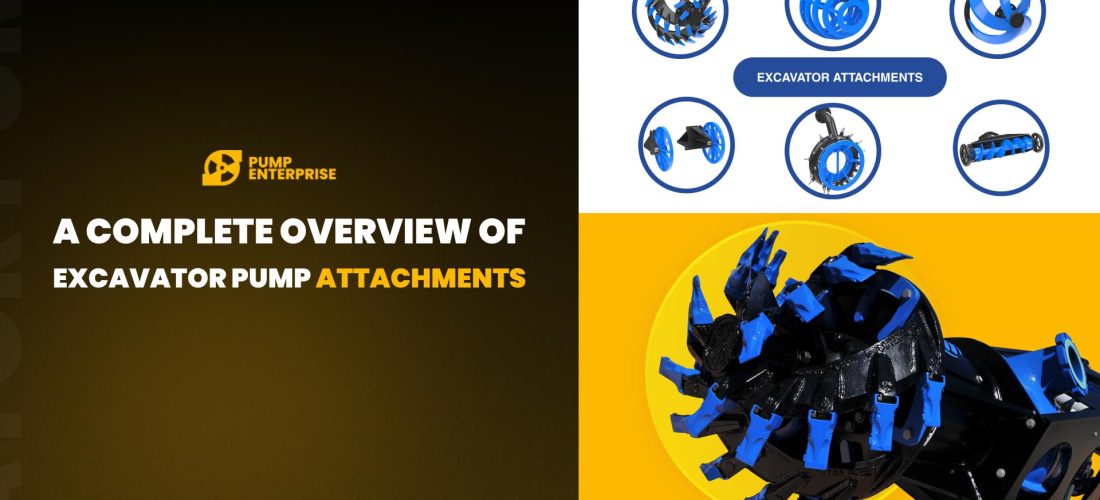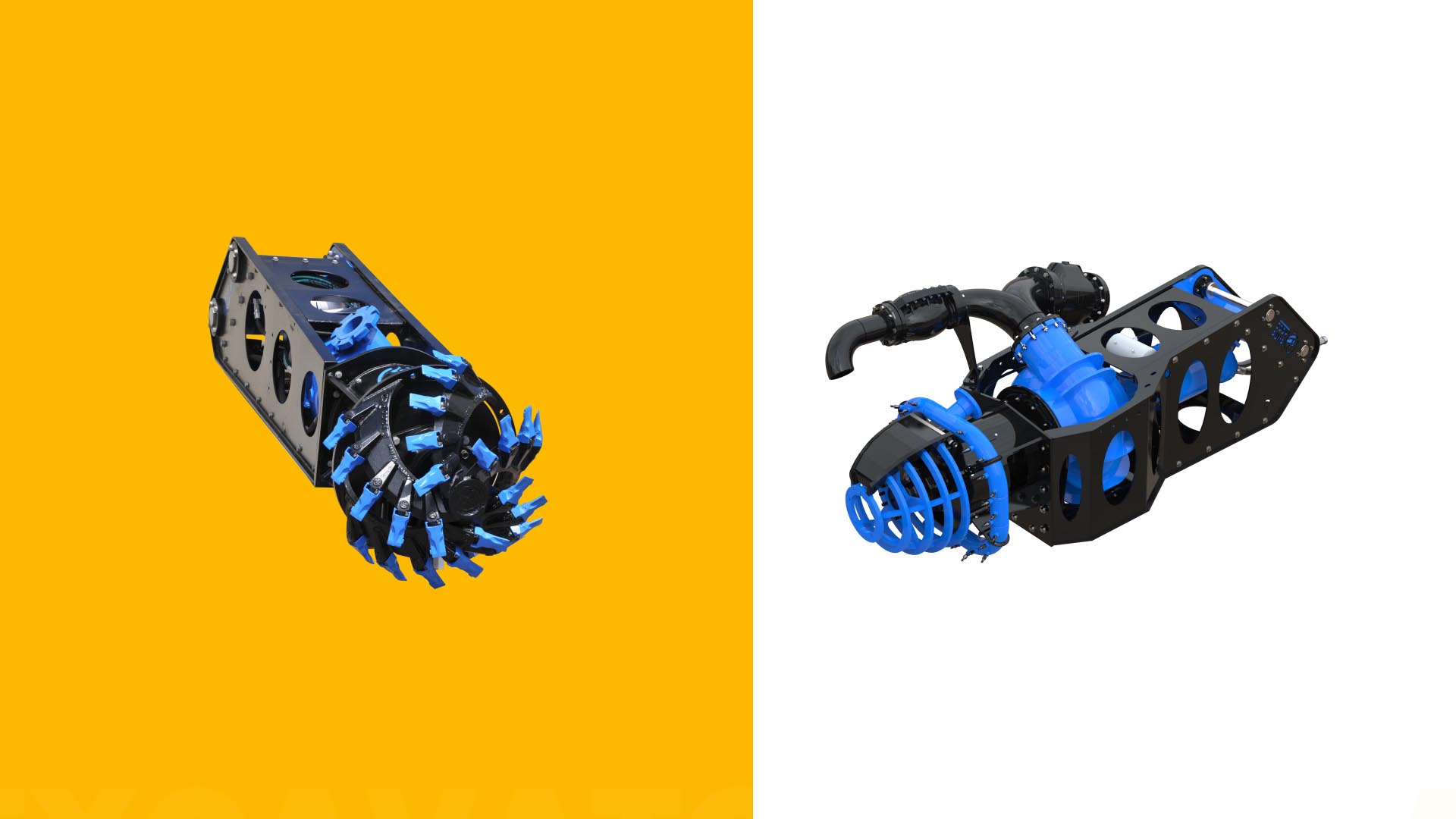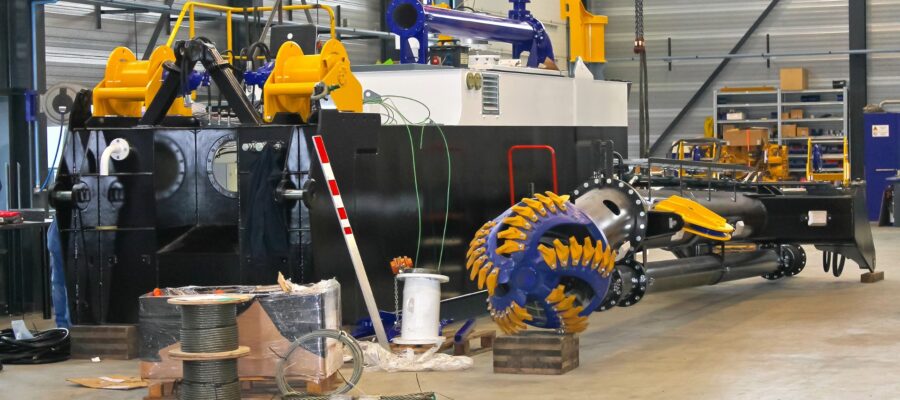
Maximizing the functionality of your excavator can significantly impact the efficiency and versatility of your operations. One of the most effective ways to achieve this is by investing in the right excavator pump attachments. These tools enhance your equipment’s ability to tackle a variety of tasks, from dewatering and material handling to slurry management and more. Whether you’re in construction, mining, or agriculture, understanding the different types of excavator pump attachments and selecting the right one for your needs is essential.
Types of Excavator Pump Attachments

There are several types of excavator pump attachments designed for specific operational needs, each playing a crucial role in different industries:
- Hydraulic Pumps: Among the most common excavator pump attachments, hydraulic pumps utilize hydraulic fluid to generate power, making them ideal for heavy-duty tasks. An excavator hydraulic pump is essential for applications requiring high force and precision, such as lifting, moving heavy materials, and powering other hydraulic tools like breakers and shears. These pumps are indispensable in scenarios where robust performance and precise control are needed.
- Water Pumps: These attachments are perfect for dewatering tasks, helping to remove water from construction sites, trenches, and other areas where excess water can hinder progress. Their design ensures efficient water management, making them invaluable in both construction and environmental management projects. For instance, water pumps are often used in flood-prone areas or to manage groundwater in excavation sites, ensuring that operations continue smoothly.
- Slurry Pumps: If you’re handling thick, dense materials, an excavator slurry pump is your best option. These pumps are specifically designed to handle slurry and other dense mixtures, making them essential in mining and dredging operations. The ability to move slurry efficiently reduces downtime and increases productivity in industries where managing challenging material consistencies is a daily requirement.
- Trash Pumps and Mud Pumps: These specialized pump are designed to handle debris-laden water or thick mud, respectively. They are crucial in applications where standard water pumps might clog or fail. For example, trash pumps are particularly useful in disaster recovery scenarios, where the rapid removal of contaminated water is critical to resuming normal operations.
Each type of excavator pump attachment is tailored to meet specific needs, and selecting the right one can significantly enhance the efficiency and productivity of your operations.
Key Features to Consider When Choosing an Excavator Pump Attachment

Selecting the right pump attachment involves considering several key factors:
- Compatibility: Ensure that the attachment is compatible with your excavator model. A well-fitted attachment not only enhances performance but also extends the lifespan of both the attachment and the excavator. Compatibility also influences the ease of installation and the overall safety during operation, making it a critical consideration.
- Capacity and Performance: Evaluate the flow rate, pressure, and overall performance metrics of the pump. For instance, an excavator hydraulic pump should deliver the necessary power for your tasks without compromising efficiency. Assess your job site’s specific demands, such as the type of material being moved and the required distance or height for material transfer.
- Durability: Opt for attachments made from high-quality materials that withstand harsh working conditions. Durable pumps reduce the likelihood of breakdowns and the associated downtime, ensuring continuous operation even in challenging environments. Regular maintenance plays a crucial role in keeping your pump in top condition, further enhancing its lifespan and reliability.
- Ease of Maintenance: Choose pumps with easily accessible components for cleaning and repair, as this can save time and reduce operational interruptions. Always consider the availability of spare parts and the level of support offered by the manufacturer.
- Cost-Effectiveness: While initial costs are important, it’s crucial to consider the long-term benefits of the attachment. A more expensive pump that offers better performance, lower maintenance costs, and a longer lifespan can be more cost-effective in the long run.
Applications of Excavator Pump Attachments

Excavator pump attachments are widely used across various industries, each with specific requirements and challenges:
- Construction: In construction, water pumps are essential for dewatering sites, especially in flood-prone areas or where groundwater needs to be managed. Excavator hydraulic pumps power a range of tools critical for tasks such as demolition, excavation, and material handling. These pumps enable precise control, which is crucial when working in tight spaces or on delicate structures.
- Mining: An excavator slurry pump is indispensable for handling the thick slurry and waste materials often encountered in mining operations. These pumps are built to manage heavy loads and abrasive materials typical of such environments, making them essential for maintaining productivity in mining projects.
- Agriculture and Environmental Management: In agriculture, pump attachments are used for irrigation and drainage, ensuring that water is efficiently managed to optimize crop yields. Environmental projects, such as wetland restoration or flood management, also rely on excavator pump attachments to move large volumes of water and slurry, making them vital tools in preserving and managing natural resources.
Maintenance Tips for Excavator Pump Attachments

To ensure longevity and optimal performance, regular maintenance of your excavator pump attachment is essential:
- Routine Inspections: Regularly check the pump for wear and tear, especially in hoses, seals, and moving parts. Early detection of issues can prevent costly repairs and downtime.
- Cleaning and Lubrication: Clean the pump after each use to remove debris that could cause clogs or damage. Lubricate moving parts according to the manufacturer’s recommendations to reduce friction and wear.
- Proper Storage: Store your pumps in a dry, clean environment to prevent corrosion and other damage. If the pump will be idle for an extended period, consider draining any remaining fluids to avoid internal corrosion.
Conclusion
Incorporating the right excavator pump attachment into your equipment setup can significantly improve your operational efficiency. Whether it’s an excavator hydraulic pump for heavy lifting or an excavator slurry pump for handling thick materials, choosing the right attachment is crucial for getting the job done effectively. By considering compatibility, capacity, durability, and maintenance needs, you can select the best pump for your projects, ensuring that your excavator is always up to the task. With ongoing advancements in technology, excavator pump attachments are poised to become even more versatile, efficient, and essential in a wide range of industries.



Post a Comment